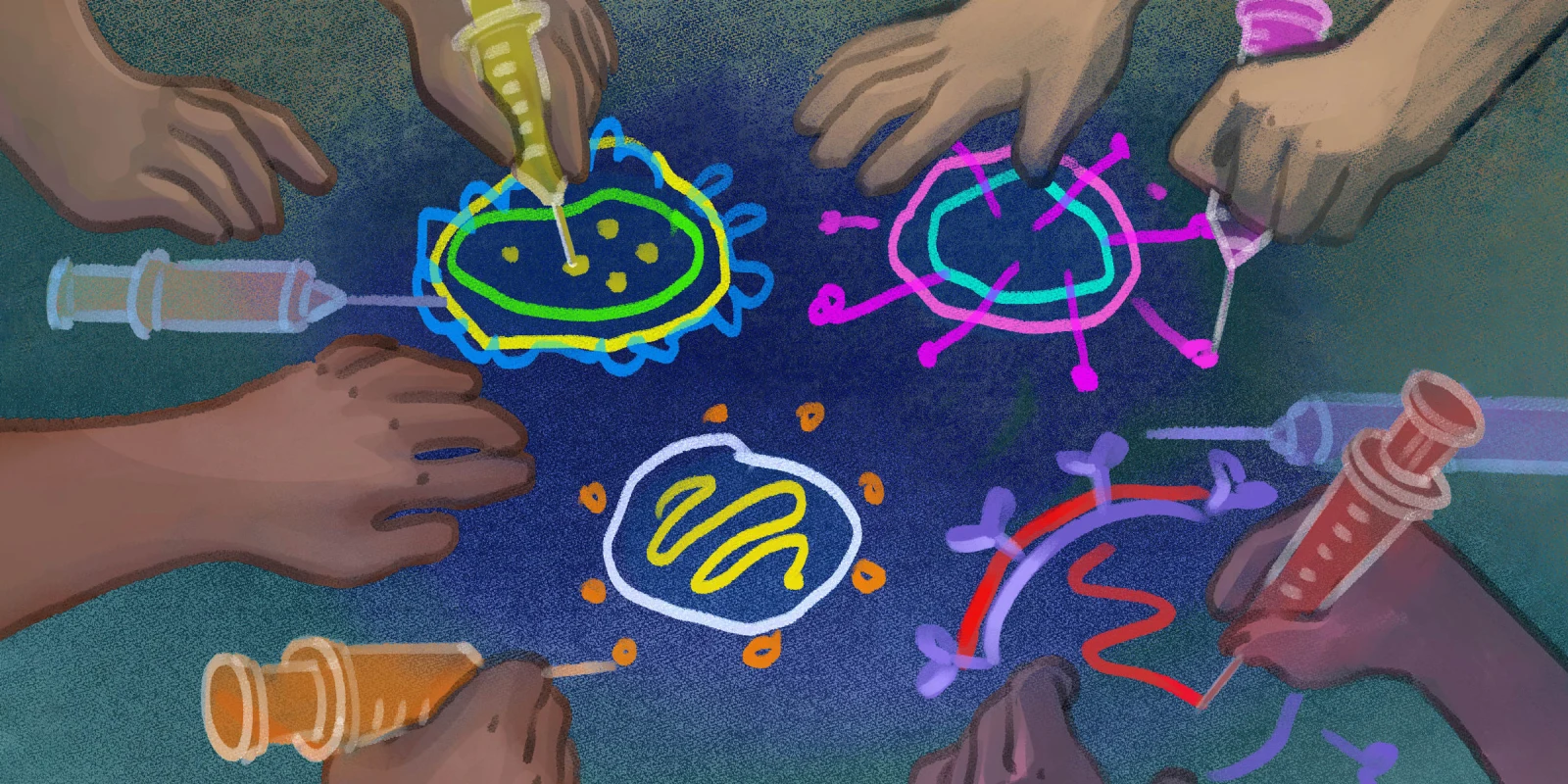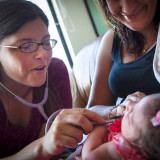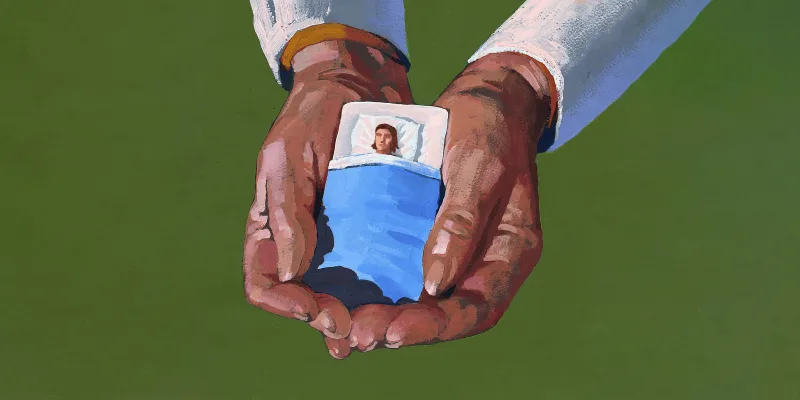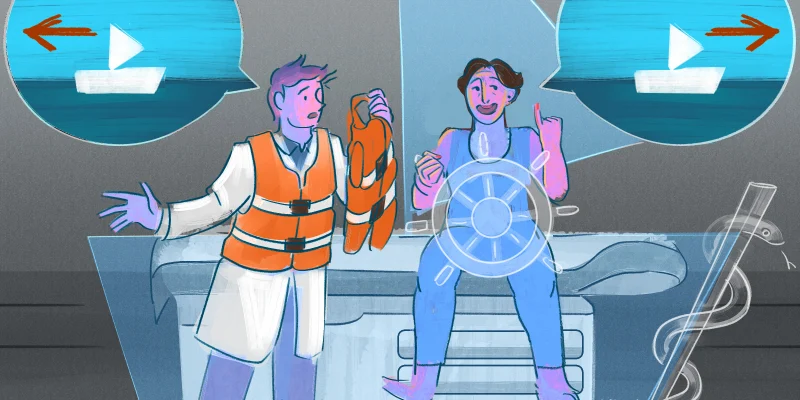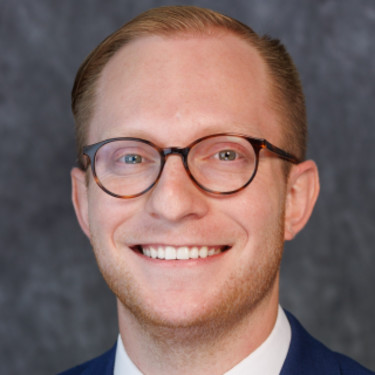When the pandemic hit, I sold my practice to care for my two kids with autism. I had taken out a line of credit on our home equity on a hunch, and when the unbelievable became reality, I figured we could live on the money from the sale of my practice and then the money in our house. But I knew it wouldn't last forever and I needed to figure something out. My sister, an elementary school teacher, suggested I try teaching through an online platform where I could write my own classes and teach what I know.
I couldn't believe how quickly I'd gone from confidently giving bad news and explaining complex diagnoses to my patients to absolute terror at teaching a small group of children over Zoom. In my first classes, I used a Lego figure as a virus, my water bottle as a bacteria, and a big exercise ball as a human cell. Using those three props, I spent hours with 7 to 11-year-old learners, exploring the differences between viruses and bacteria and between antivirals and antibiotics. We dug into how different kinds of vaccines work.
Next came the cellular organelles. Organelles had confused me greatly as a child because I didn't understand the goal: to make protein. So I'd spend the first third of the class discussing how to bake cookies and store them for later or take them to a friend. After that, the organelles were easy to understand and young children were drawing cells and explaining in detail what happens inside.
I started keeping a cookbook and a recipe card box next to my desk at all times. Our DNA is a cookbook and I'd explain how "a really long time ago, back before we had smartphones," we'd make recipe cards if we wanted to get a recipe from a friend. RNA is that recipe card. Combining our understanding of Lego man viruses and how they replicate in the cell with our understanding of cells and nucleic acids, I was able to introduce the science behind this new kind of vaccine. My students, locked away from their elementary schools, were explaining mRNA vaccines to their parents long before their parents were having to decide whether to get one.
And it wasn't just the kids who were teaching the parents. Technically grown ups aren't allowed in the classes, but it became obvious that many of them were sitting just off camera. Most questions were from the kids but many times when I'd finished explaining something for a child and ask, "Did that answer your question?" they'd turn to the adult off-camera to ask: "Did that answer your question?"
Once everyone understood how viruses spread in the body and how bacteria spread in the body, we could play a game where I told a patient's symptoms and showed an X-ray. The kids would have to look at the X-ray and give me a thumbs up if the patient needed antibiotics and a thumbs down if they didn't. This worked because they knew that viruses "explode" the cell they invade so viral pneumonia explodes all over the lungs; bacteria go through cell division so they gradually spread in one area. But kids tend to unmute and blurt out answers. I was amazed the first time a child interrupted the game to say, "That's a right middle lobe pneumonia and the patient needs antibiotics." Now it's normal to me because the human body is logical and kids are logical so they are a natural pairing.
At first this was just a fun job that paid the bills. But then something happened that changed my thinking about it. I decided to create an on-demand human biology curriculum from my classes and hired the sister of a close family friend to design the logo and website and edit the videos. A professional stilt walker and aquarium mermaid, she started working with me to have steady income between gigs. One day she texted me a photo of her grocery cart. "Look what you've done to me!" she wrote. "I've got fruits and vegetables, whole grains, fish. No soda. No chips. No cookies."
"That's not my fault!" I replied. "I haven't done a single lesson on nutrition."
"Well I already knew what I SHOULD be eating," she texted back. "But now I know more about my organs than I ever wanted to know and they feel like little pets with personalities and I want to take care of them."
I'd already been receiving messages from parents of my students about how their kids were talking about their bodies all the time. But that an adult who was just watching my lessons for her job would voluntarily change her behavior made me realize that this sort of learning may be one part of the solution to the epidemic of lifestyle-related health conditions and general mistrust of medical science.
Ultimately, I believe the most important step comes with prevention, before abnormal lab results and the need for medication initiation. Kids are notorious for always asking “Why?” and never being satisfied with the answer. We can harness that curiosity and give real, detailed, and medically applicable answers. Many people underestimate a child’s ability to understand the details of how the human body works, but really the body is very logical and easy to relate to tangible life experiences. If children learn very detailed science about how their bodies work and what can go wrong, they will be far more interested in caring for their incredible human bodies. Healthy choices like a bike helmet or avoiding candy are no longer arbitrary rules made by people who want to take all the fun out of life. They are obvious necessities, as logical as not smashing your tablet against the concrete or pouring sugar into your computer.
What's something you taught a patient this month? Share your lessons in the comments.
Robin Dickinson, MD is a board-certified family physician who teaches clinical skills to first-year students at Rocky Vista University. She created the first pre-medical curriculum for kids, hosts a podcast for young people who want to be physicians, consults neurodiverse families and individuals, and founded the only free clinic and the first DPC practice in her hometown. You can find her at robindickinsonmd. Dr. Dickinson is a 2021–2022 Doximity Op-Med Fellow.
Illustration by April Brust
